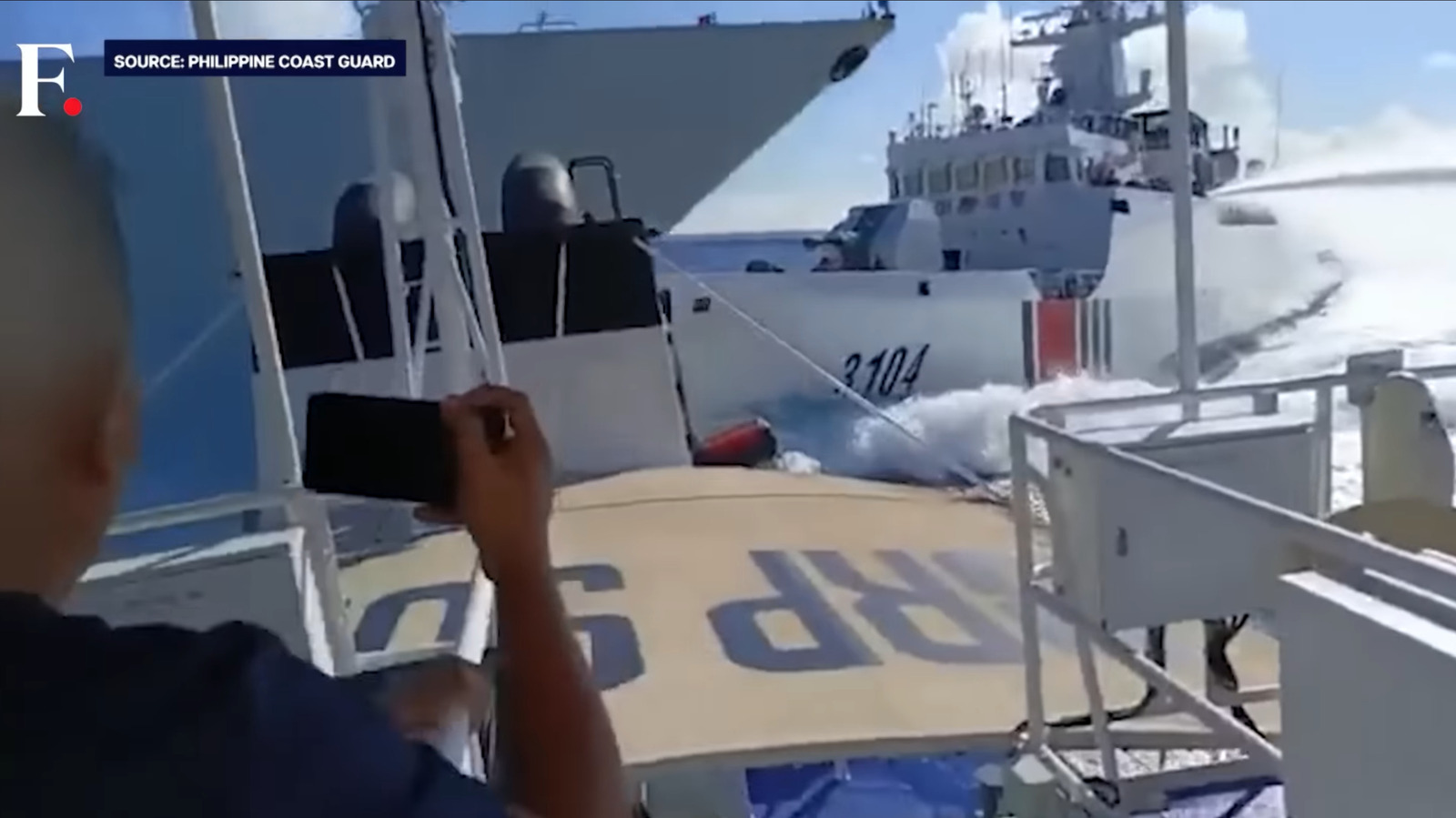
The extent of ship collision damage depends on three main factors, which include ship speed, size, and the location of the impact zone. A vessel collision can smash the bow of the vessel while simultaneously rupturing tanks that hold millions of gallons of fuel, or collapse infrastructure like bridges if the strike happens near shore. Shipping containers might fall overboard if a cargo ship is involved. At sea, one of the biggest concerns is flooding. A hole at or below the waterline can sink a ship in minutes if watertight compartments fail.
In March 2025, the cargo ship Solong struck the anchored Stena Immaculate tanker off the UK coast. The crash caused a massive fireball and spilled jet fuel into the North Sea. While both ships stayed afloat, one Solong crew member died, and the environmental threat was immediate. Cruise ships aren’t immune either. In Buenos Aires, two MSC vessels collided during docking in near-perfect weather, leaving hull damage and rattled passengers.
Technology exists to prevent such disasters. The tracking of ships depends on radar and automatic identification systems (AIS), but these safety measures can be disabled or disregarded by operators. Human mistakes that result in failing to change direction lead to certain types of collisions. The Norwegian frigate Helge Ingstad collided with an oil tanker in 2018 after the ship’s officer failed to respond to multiple radio alerts.
The first priority after impact is survival. In the Stena Immaculate collision, fires had to be contained while rescue teams evacuated more than 30 crew members. Authorities imposed a one-kilometer exclusion zone to protect surrounding traffic, while salvage crews prepared foam and booms to keep spilled fuel from spreading further, as was the case with these two largest oil spills on record.
Environmental risk is the biggest concern. Jet fuel is toxic but burns off quickly, as seen in the UK crash, where much of it ignited during the explosion. The heavier marine diesel powering both ships, however, posed a longer-term danger if it leaked. The experts predicted that the destroyed habitats would endanger seabird species, including puffins and gannets, which live on Yorkshire’s cliffside nesting sites. The Humber estuary was at risk of disaster because conservationists thought the jet fuel spill would damage fish populations and seabirds that lived in the area. Shipping operations that use bunker fuel have led to accidents that have caused coastal pollution and harmed marine ecosystems.
Investigations often hinge on voyage data recorders, which store speed, radar logs, and bridge audio. In the North Sea case, traffic data showed the Solong approaching at full cruise speed without adjusting course. Whether weather or mechanical failure played a role, investigators always start with data. Each collision becomes a case study in what went wrong, from safety lapses to ignored protocols, and provides lessons for future prevention.
Collisions rarely fade quickly. Legal and financial fallout can stretch for years. After the Solong crash, its captain was arrested on gross negligence manslaughter charges. In other cases, responsibility disputes erupt. When Costa Europa slammed into a port in 2010, killing three crew members, arguments raged over whether high winds or crew error was to blame. These accidents also reshape policy. The South China Sea collisions, where Chinese and Philippine ships rammed or blasted each other with water cannons, have raised international alarms over safety and rules of engagement.
For crews, the consequences are deeply personal. Survivors may face injuries that end their careers, while families of missing sailors are left without answers. Legally, liability battles follow almost every major collision. The responsibility between ship owners and governments remains unclear because it is hard to determine who was responsible for the accident, between human mistakes, faulty equipment, and weak regulatory oversight.
The search operations will keep going until there is any chance of finding people alive. The primary duty of rescue services requires them to save people first before handling cargo or pollution incidents. At the end of the day, whether it’s military standoffs or tourist liners, collisions at sea are reminders that technology can’t fully remove risk.



